Innovative postacute care model reduces costs, improves functional outcomes

A postacute care program of high-intensity home-based rehabilitation (HIHR) can lead to improvements in functional independence while cutting costs nearly in half compared with a typical short-term stay in a skilled nursing facility. So found a pilot study recently conducted at four Cleveland Clinic hospitals. The program and an evaluation of its outcomes are detailed in a case study in NEJM Catalyst Innovations in Care Delivery, along with guidance for other healthcare institutions on developing a similar program.
Cleveland Clinic is a non-profit academic medical center. Advertising on our site helps support our mission. We do not endorse non-Cleveland Clinic products or services. Policy
“The high costs of facility-based care have become unsustainable, and programs are needed that can achieve functional improvement at reduced costs,” says the study’s first author, Joshua Johnson, DPT, PhD, Director of Outcomes Research in Cleveland Clinic’s Department of Physical Medicine and Rehabilitation. “Our initial experience indicates that such a program is feasible.”
About 11% of hospital discharges are to a postacute care facility; the primary goal is usually to address new functional deficits with physical rehabilitation. Despite variability in outcomes, the price tag for such services is high. In addition to quality and cost considerations, the COVID-19 pandemic has amplified the need for home-based care.
A multidisciplinary Cleveland Clinic team set out to design a high-value home-based postacute care alternative to institutional care.
Patients with the following characteristics were deemed good candidates for the HIHR program:
The program is designed to provide services similar to those of postacute care rehabilitation in a facility. The services are frontloaded in the first 14 days of the home care episode with the goal of transitioning to outpatient rehabilitation or short-term follow-up with traditional home healthcare. Services, some provided each weekday, include the following:
The program began a phased rollout with two Cleveland Clinic regional hospitals in June 2019. A third hospital was added within 6 months and a fourth within 12 months. In all, 81 patients were enrolled in the pilot.
Among the 58 patients who completed the HIHR program, 97% improved in measures of functional independence. Average cost per HIHR episode was $3,400, which compares favorably to the cost to Medicare of a comparable 14-day stay in a skilled nursing facility, which the researchers determined to be roughly $6,720.
According to Dr. Johnson, the pilot demonstrated that a home-based program can provide a feasible, cost-effective alternative to rehabilitation in a skilled nursing facility. However, he and his colleagues identified several challenges, outlined below, that they are addressing for future iterations of the model.
Appropriate candidates were not always matched to the program, resulting in enrollment of very sick patients.Contrary to study intent, the cohort overall had poor prehospital function and a heavy illness burden. Of the 23 patients who were readmitted to a hospital before the end of the program, all but four were referred for hospice or palliative care.
Dr. Johnson believes that eligibility criteria were often relaxed, especially during the pandemic, when patients desired to avoid stays in healthcare facilities. In addition, discharge planners and patients may not have fully understood that the program goal was primarily to increase functional independence. As a result, “too many patients who chose HIHR were too sick to derive its intended benefits,” he explains. In response, Cleveland Clinic is designing an alternative model for patients who wish to be discharged home but are unlikely to benefit from rehabilitation services because of severe illness.
Fewer clinical services were delivered than expected. Functional improvement was achieved by most patients despite the fact that many declined some or all of the physical or occupational therapy services, as well as services provided by home aides. The investigators speculate that patients deemed some services unnecessary or were reluctant to have people enter their home during the pandemic. They are now examining how to better match the type and intensity of services to patient needs and preferences for the next phase of the program.
Functional progress attributable to HIHR was difficult to document. Among the 58 patients who completed the home care program, all but two transitioned to traditional home health services; notably, the standard functional assessment was conducted after this transition to home health services. The program has since been changed to conduct functional assessment at the end of the HIHR program so that changes can be more specifically attributed to it.
The article advises other integrated healthcare systems that are considering such a program to engage in multidisciplinary planning, with participation by hospital and home care stakeholders. Goals, responsibilities and roles should be explicitly determined and clearly communicated.
Attention should also be paid to matching the appropriate patients to program goals. Cleveland Clinic is now focusing on targeting more specific populations, such as patients recovering from elective orthopaedic procedures or stroke.
“We are currently scaling the program across our health system, using ongoing design changes based on lessons learned from the pilot,” Dr. Johnson notes. “For the right patients, high-intensity home rehabilitation can provide a high-value substitute for facility-based care, with important implications for healthcare redesign.”

Pilot study finds both forced- and voluntary-rate cycling effective for symptom management
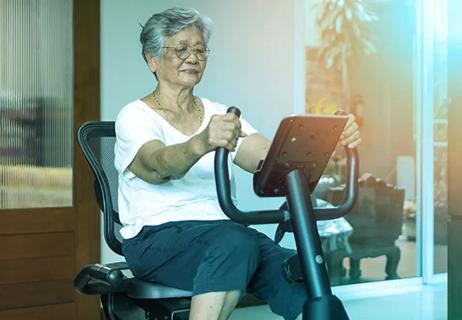
Gait becomes more normalized along with gains in speed

Training in stretches, emphasis on biomechanics help ease work-related pain, survey finds
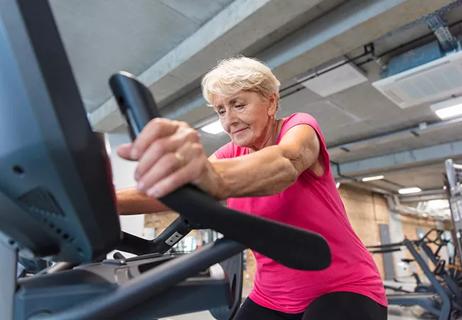
High-intensity cycling program leads to improved walking capacity and upper extremity function
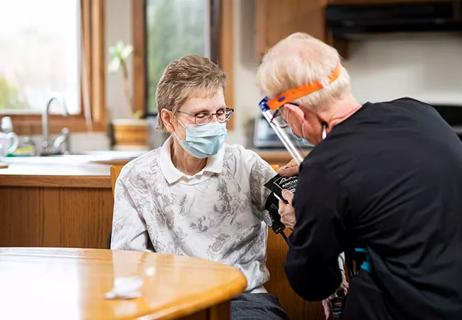
Novel post-acute care model aims to improve functional outcomes with reduced costs
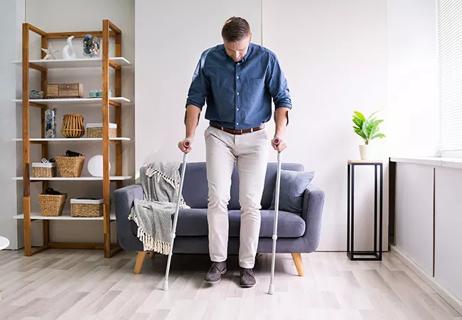
More evidence needed on pharmacologic therapy alone and combined with gait training
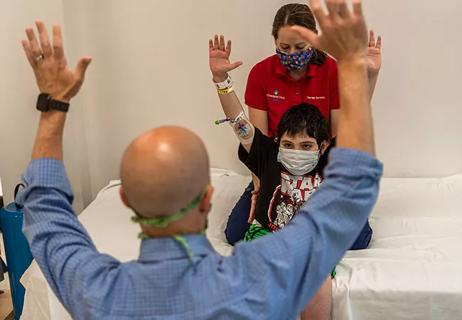
Pilot initiative focuses on adolescents with disabilities
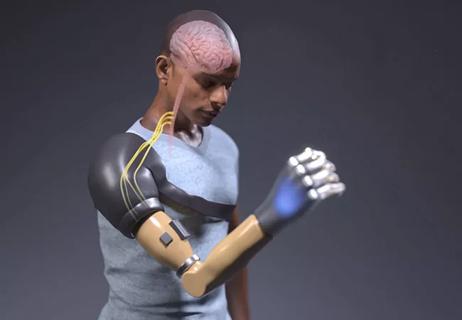
Prosthetic combines intuitive motor control, touch and grip kinesthesia